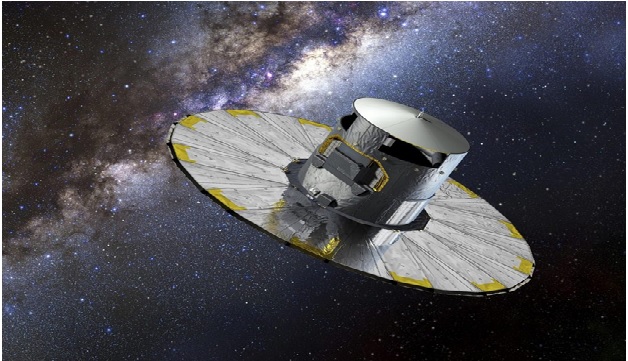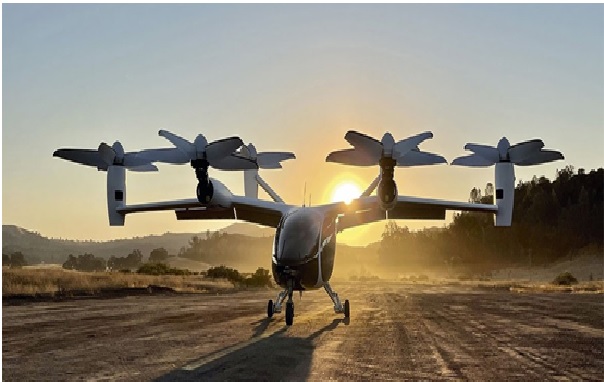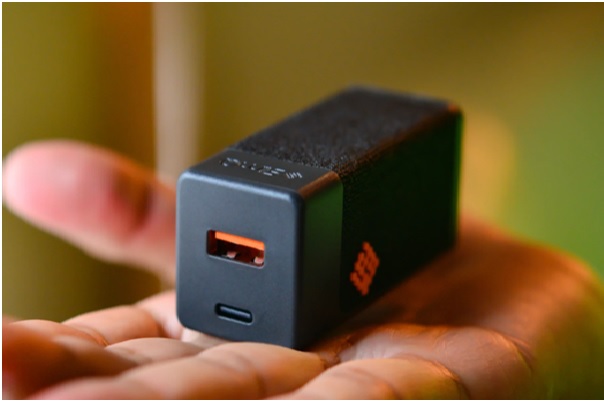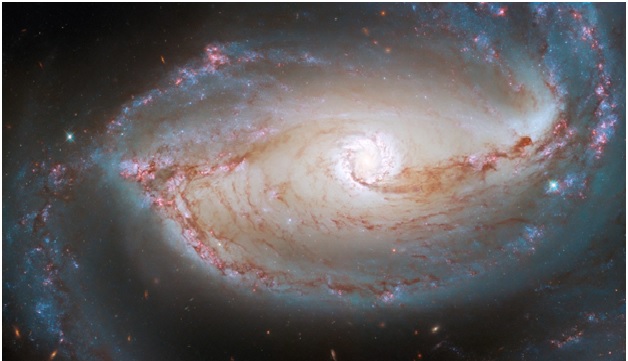Gaia Spacecraft Discovers Parts of the Milky Way Are Much Older Than Thought

Figure 1: Gaia Spacecraft Discovers Parts of the Milky Way Are Much Older Than Thought
Figure. 1.shows Data from more than 1.8 billion stars have been used to create this map of the entire sky. It shows the total brightness and color of stars observed by ESA’s Gaia satellite and released as part of Gaia’s Early Data Release 3 (Gaia EDR3). Brighter regions represent denser concentrations of bright stars, while darker regions correspond to patches of the sky where fewer and fainter stars are observed. Credit: ESA/Gaia/DPAC; CC BY-SA 3.0 IGO, Acknowledgment: A. Moitinho
Using data from ESA’s Gaia mission, astronomers have shown that a part of the Milky Way known as the ‘thick disc’ began forming 13 billion years ago, around 2 billion years earlier than expected, and just 0.8 billion years after the Big Bang.
This surprising result comes from an analysis performed by Maosheng Xiang and Hans-Walter Rix, from the Max-Planck Institute for Astronomy, Heidelberg, Germany. They took brightness and positional data from Gaia’s Early Data Release 3 (EDR3) dataset and combined it with measurements of the stars’ chemical compositions, as given by data from China’s Large Sky Area Multi-Object Fiber Spectroscopic Telescope (LAMOST) for roughly 250,000 stars to derive their ages.[1]
How old are the stars?
The age of a star is one of the most difficult parameters to determine. It cannot be measured directly but must be inferred by comparing a star’s characteristics with computer models of stellar evolution. The compositional data helps with this. The Universe was born with almost exclusively hydrogen and helium. The other chemical elements, known collectively as metals to astronomers, are made inside stars, and exploded back into space at the end of a star’s life, where they can be incorporated into the next generation of stars. So, older stars have fewer metals and are said to have lower metallicity.
Gaia’s EDR3 data release changes this. “With Gaia’s brightness data, we are able to determine the age of a sub giant star to a few percent,” says Maosheng. Armed with precise ages for a quarter of a million sub giant stars spread throughout the galaxy, Maosheng and Hans-Walter began the analysis.
Milky Way anatomy
Our galaxy is made of different components. Broadly, these can be split into the halo and the disc. The halo is the spherical region surrounding the disc, and has traditionally been thought to be the oldest component of the galaxy. The disc is composed of two parts: the thin disc and the thick disc. The thin disc contains most of the stars that we see as the misty band of light in the night sky that we call the Milky Way. The thick disc is more than double the height of the thin disc but smaller in radius, containing only a few per cent of the Milky Way’s stars in the solar neighborhood.[2]
Timeline thanks to Gaia
The age of the thick disk’s early formation points to a different picture of the early history of our galaxy. “Since the discovery of the ancient merger with Gaia-Sausage-Enceladus, in 2018, astronomers have suspected that the Milky Way did indeed exist before the corona formed, but we haven’t had a clear picture of what the Milky Way looks like. Our results present Brilliant details about this part of the Milky Way, such as its birthday, star formation rate, and mineral enrichment date. Putting these discoveries together using Gaia data is revolutionizing our picture of when and how our galaxy formed.” Maosheng says.
We may not look far enough into the universe to see similar galactic disks form. The age of 13 billion years corresponds to a redshift of 7, where the redshift is a measure of how far away a celestial body is, as well as how long it takes its light to cross space and reach us.
New notes could come in the near future like[{” attribute=””>James Webb Space Telescope has been optimized to see the earliest Milky Way-like galaxies in the Universe. And on June 13 this year, Gaia will release its full third data release (Gaia DR3). This catalog will include spectra and derived information like ages and metallicity, making studies like Maosheng’s even easier to conduct.[3]
References:
- https://scitechdaily.com/gaia-spacecraft-discovers-parts-of-the-milky-way-are-much-older-than-thought/
- https://www.mutiny.in/the-gaia-spacecraft-discovers-that-parts-of-the-milky-way-are-much-older-than-previously-thought/
- https://www.world-today-news.com/the-gaia-spacecraft-discovers-that-part-of-the-milky-way-is-much-older-than-previously-thought/
Cite this article:
Nithyasri S (2022), Gaia Spacecraft Discovers Parts of the Milky Way Are Much Older Than Thought, AnaTechMaz, pp. 115















